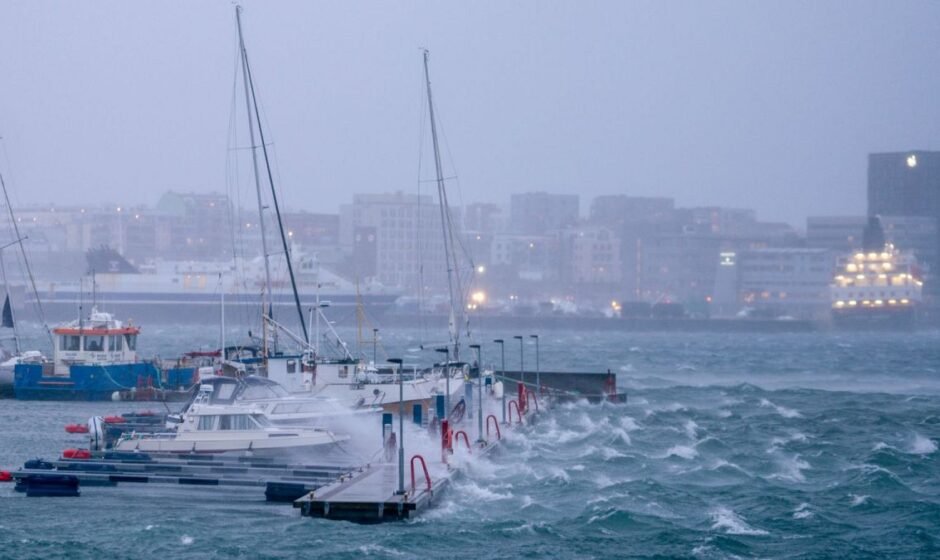Norway recently experienced its most powerful storm in over 30 years, leaving some residents without power. The storm, named Ingunn by Norwegian meteorologists, brought hurricane-force winds and caused widespread flooding and travel disruption. The storm developed from a powerful jet stream racing across the Atlantic, which deepened an area of low pressure and pounded the Scandinavian country. Red warnings, the highest alert level, were issued by the Norwegian Meteorological Institute. This storm is the strongest since the New Year’s hurricane in 1992.
Meanwhile, the UK recently experienced its 10th named storm of the season, Storm Jocelyn, following closely behind Storm Isha. Although the UK was spared the full force of Storm Ingunn, the consecutive storms have raised concerns about the role of climate change in extreme weather events.
While it is difficult to directly attribute individual storms to climate change, scientists predict that winter windstorms will slightly increase in number over the UK and other European countries in the coming years. However, there is currently no evidence of positive or negative trends in windstorm number or intensity. The factors that cause storms to form and be maintained are complex, but a powerful jet stream and the El Niño weather phenomenon are known to play significant roles.
Climate change is making storms more impactful in various ways. It is influencing increased rainfall seen in extreme events and causing storm surges and high waves in coastal areas due to rising sea levels. The warming of both oceans and the atmosphere provides more fuel for storms to form and intensify, resulting in heavier downpours. While meteorologists are cautious about stating that windstorms are getting stronger as a result of rising temperatures, it is clear that climate change is making storms more intense and impactful.
Storms in Europe are named to ease communication of severe weather and provide clarity for people who could be impacted. The names are decided by meteorological agencies in each country and follow alphabetical order, excluding certain letters. The public can also submit names, and some storms are named in honor of esteemed weather experts and scientists.
As meteorologists predict calmer weather patterns for the start of February, they emphasize the need for broader climate adaptation in order to future-proof against extreme weather events.




